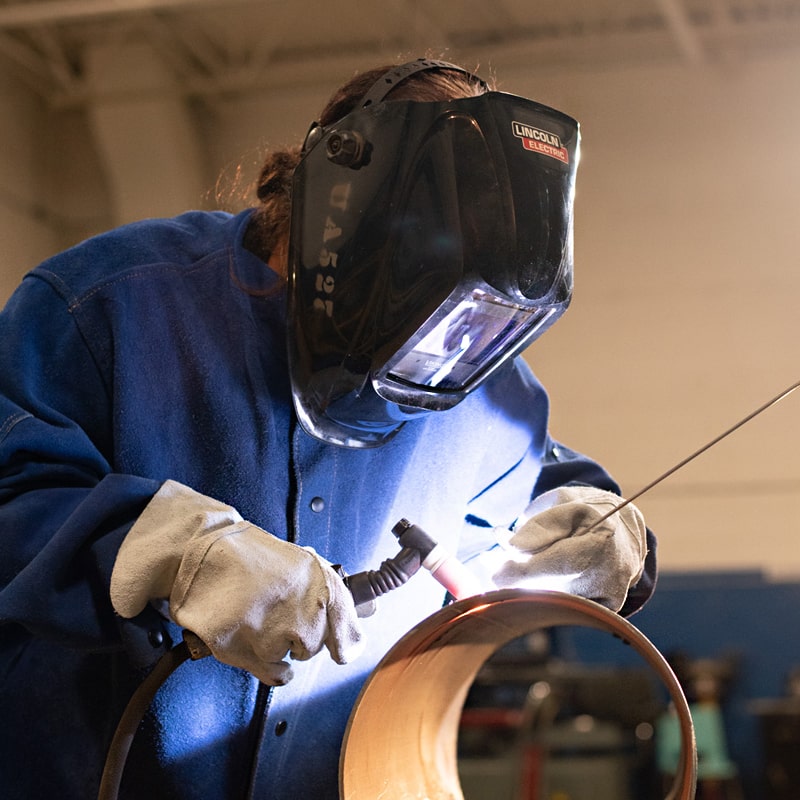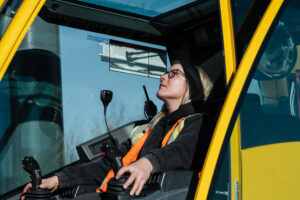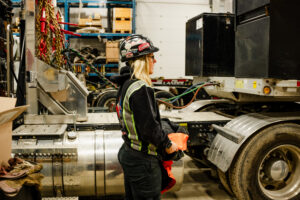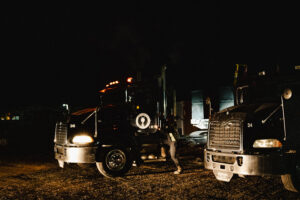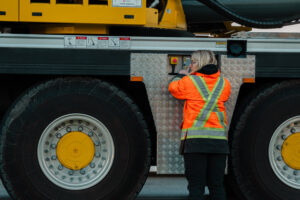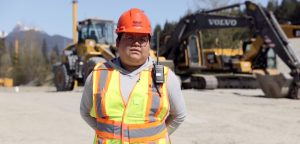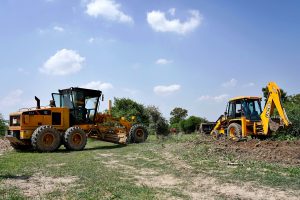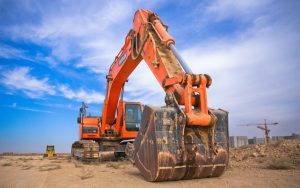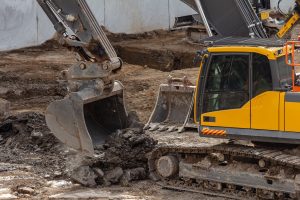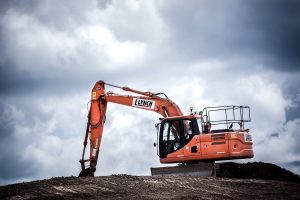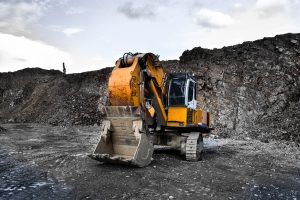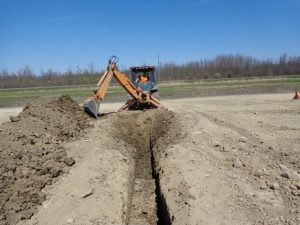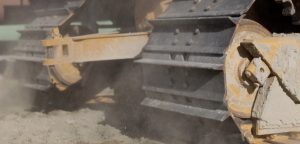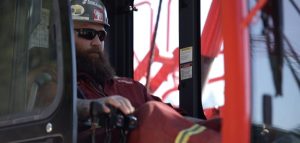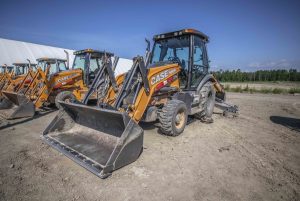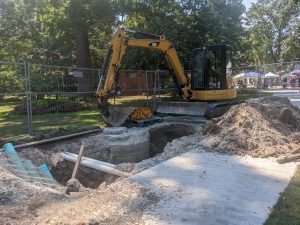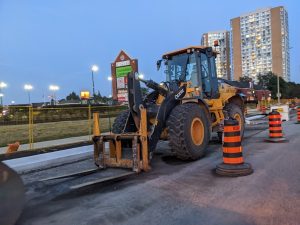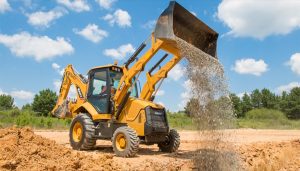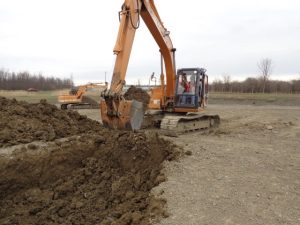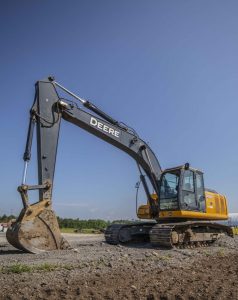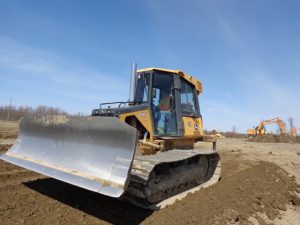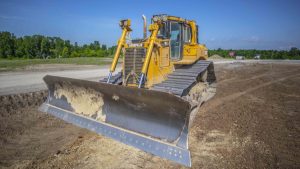Heavy equipment operators operate heavy equipment used in the construction and maintenance of roads, bridges, airports, gas and oil pipelines, tunnels, buildings and other structures, in surface mining and quarrying activities and in material handling work. They are employed by construction, pipeline and logging companies, and by heavy equipment contractors.
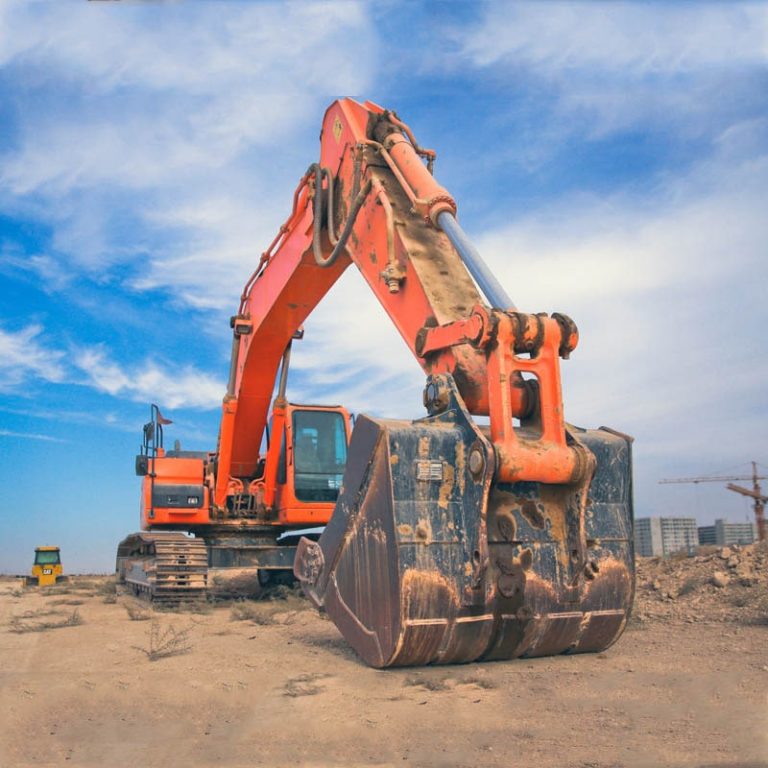
Heavy Equipment Operators (Tractor Loader Backhoe / Excavator / Dozer)
Certificate of Qualification 636A (Tractor Loader Backhoe), 636B (Excavator), 636C (Dozer)
“I am living my dream. My apprenticeship training gave me the skills and knowledge to work safely whether we are building roads, bridges, office towers or hospitals.”
Responsibilities
Operate heavy equipment to excavate, move, load and grade earth, rock, gravel or other materials
Operate computer-controlled equipment
Conduct pre-operational and post-operational checks
Operate two-way radios & other communication equipment
Operating heavy equipment such as back-hoes and bulldozers to lift, move or place equipment or materials
Inspecting, cleaning, lubricating and refilling equipment
Key Skills & Attributes
Communication, reading, numeracy & problem-solving skills
Ability to operate large machinery
Ability to read prints, plans & grade
Ability to calculate basic cuts & fills
Good judgment
Strong work ethic
Flexibility
Employment Sectors
Institutional and Commercial Construction
New Home Building and Renovation
Heavy Industrial Construction
Self employed
Engineering Construction
Apprenticeship Program
3000 hours of on-the-job training, supplemented by one 12-week block of in-class technical training.
Entrance Requirements
Attend info session
Grade 12 Diploma
Minimum 18 years of age
Valid Ontario driver’s licence
Pre-Interview
Journeyperson Wage Rate
$51.94/Hr (Based on the Greater Toronto-Hamilton Area wages, 2024)
*Equipment specific rates vary
Did you know?
The ‘caterpillar’ style continuous track technology was invented in 1904 by American Benjamin Holt. His “caterpillar” tractor utilized continuous track technology first seen on a commercial vehicle in 1901 on a machine called the Lombard Steam Log Hauler. The continuous tractor would revolutionize not only agricultural equipment, but military vehicles as well. The metal track technology would be applied to tanks and other vehicles in World War I and beyond.
Not sure where your skills are?
Build Your Skills is a free tool to help build familiarity and comfort with trade related math, science and document reading.
Start learning by clicking the button below.
Start learning by clicking the button below.
Explore Other Trades

Hoisting Engineer - Tower Crane Operator
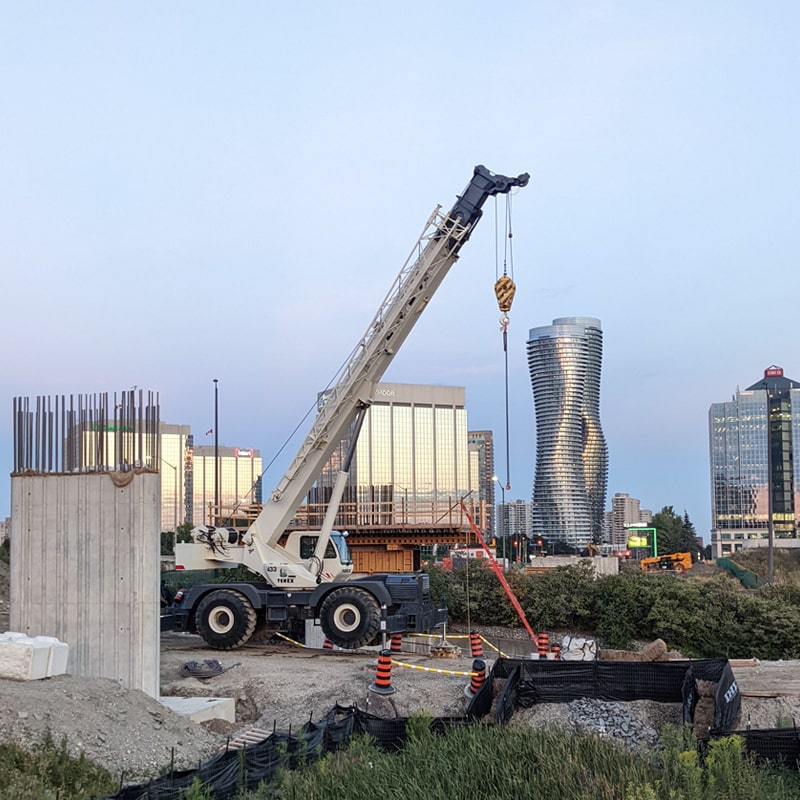
Hoisting Engineer Mobile Crane Operator
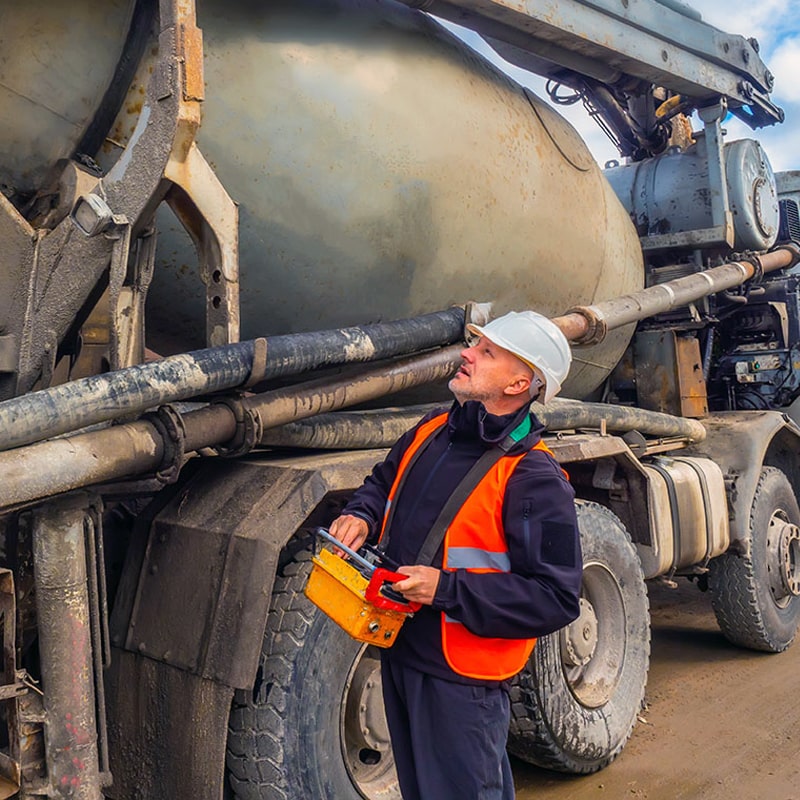
Concrete Pump Operator
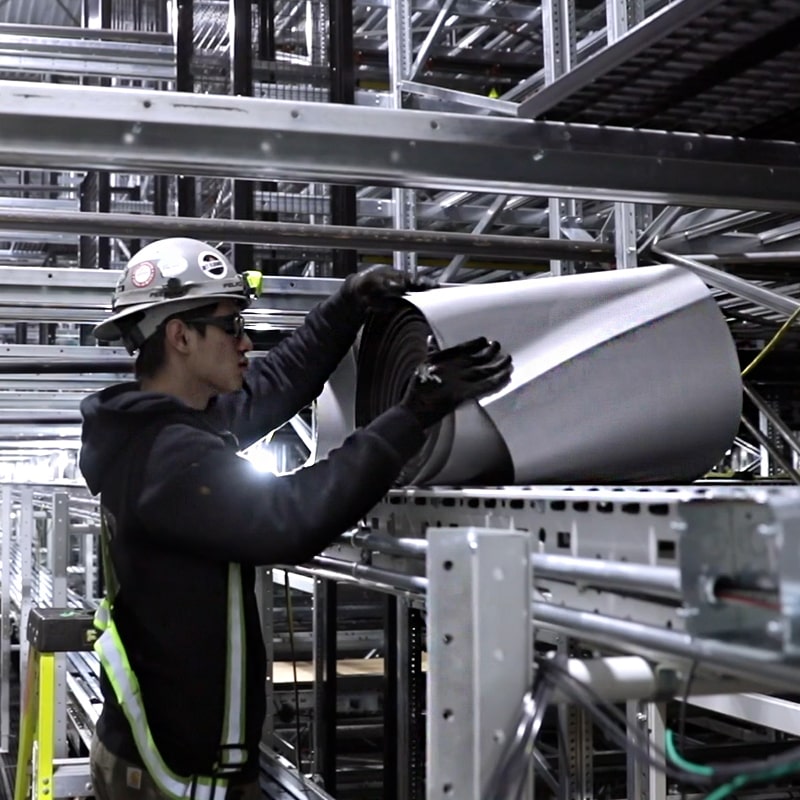
Construction Millwright
